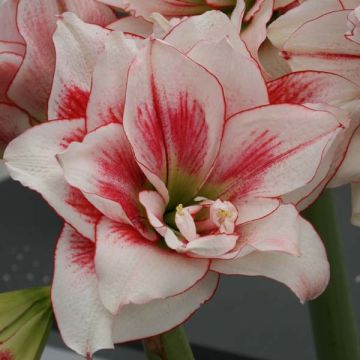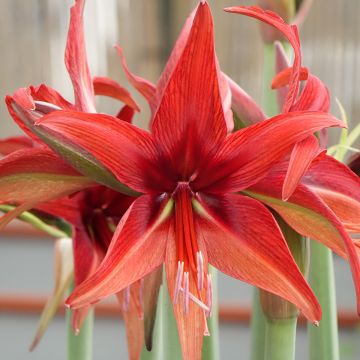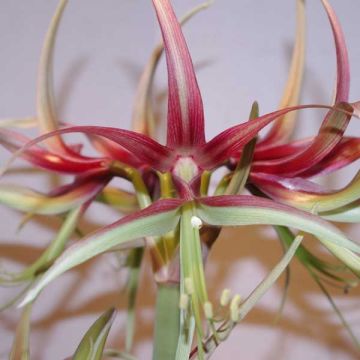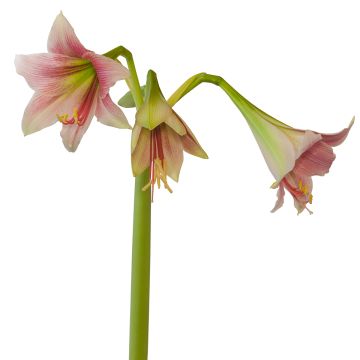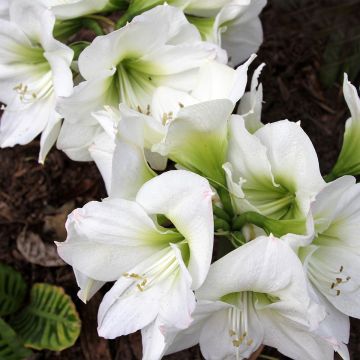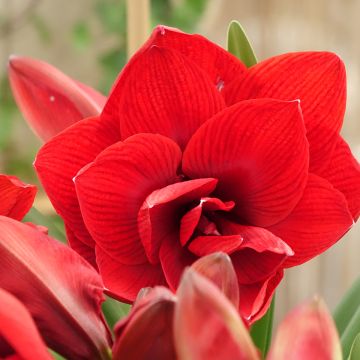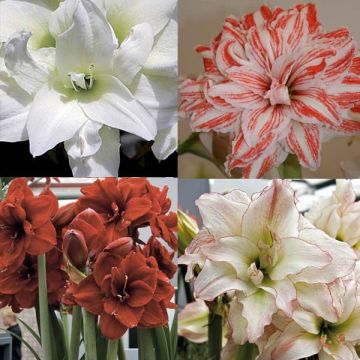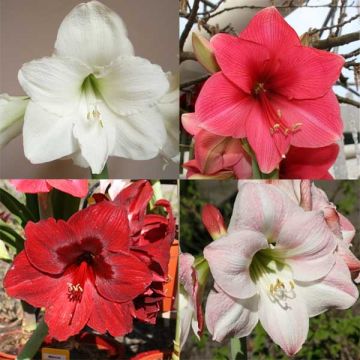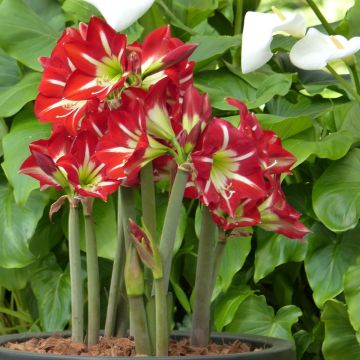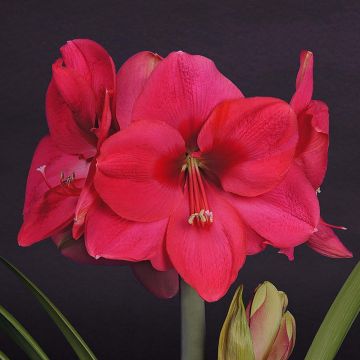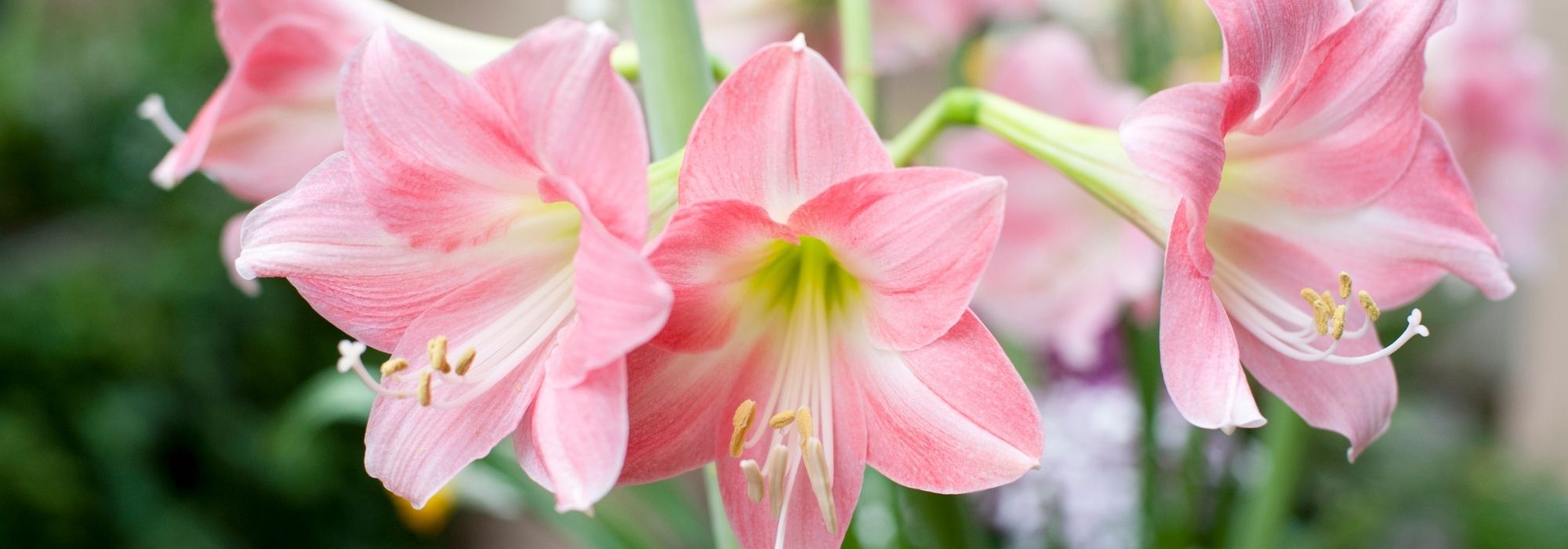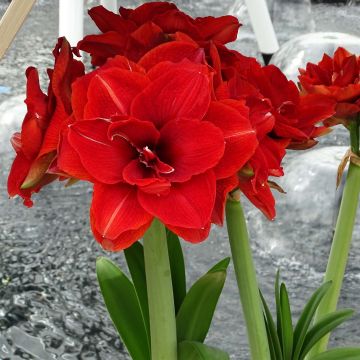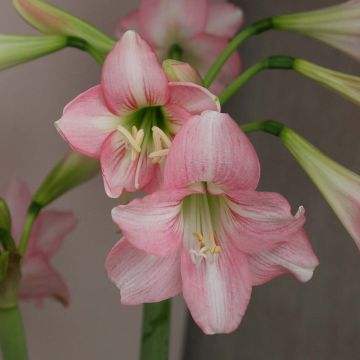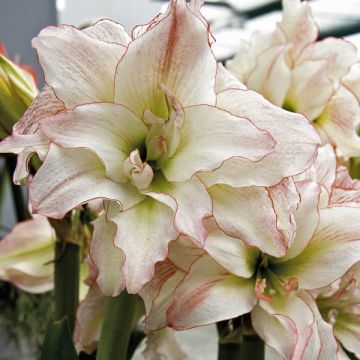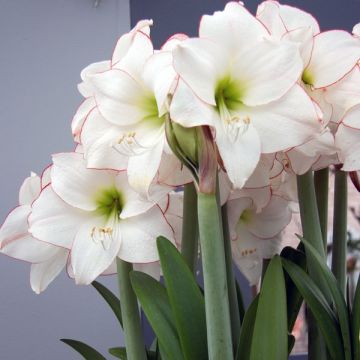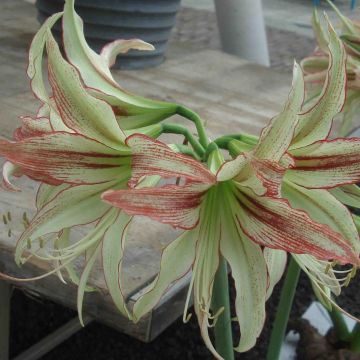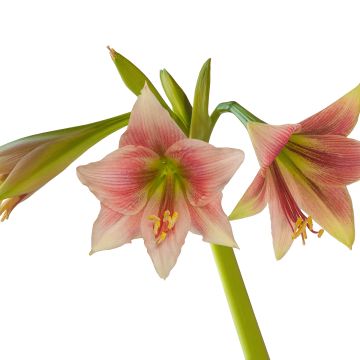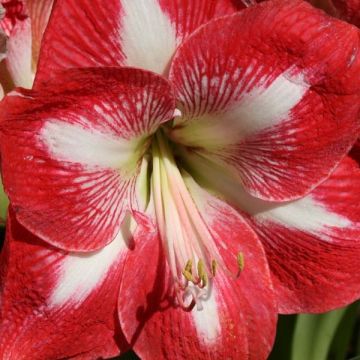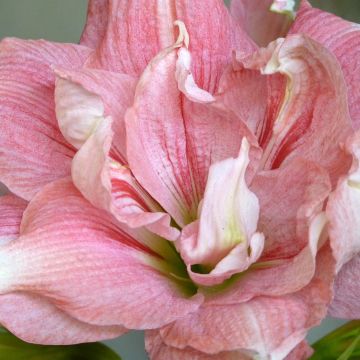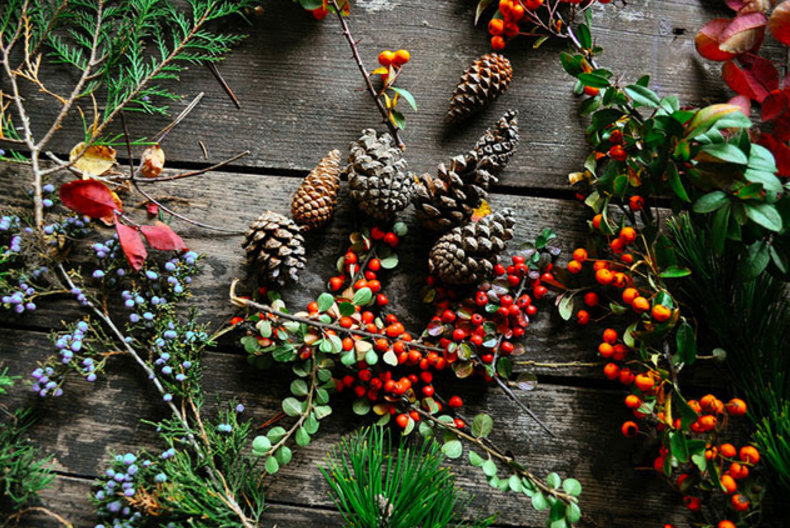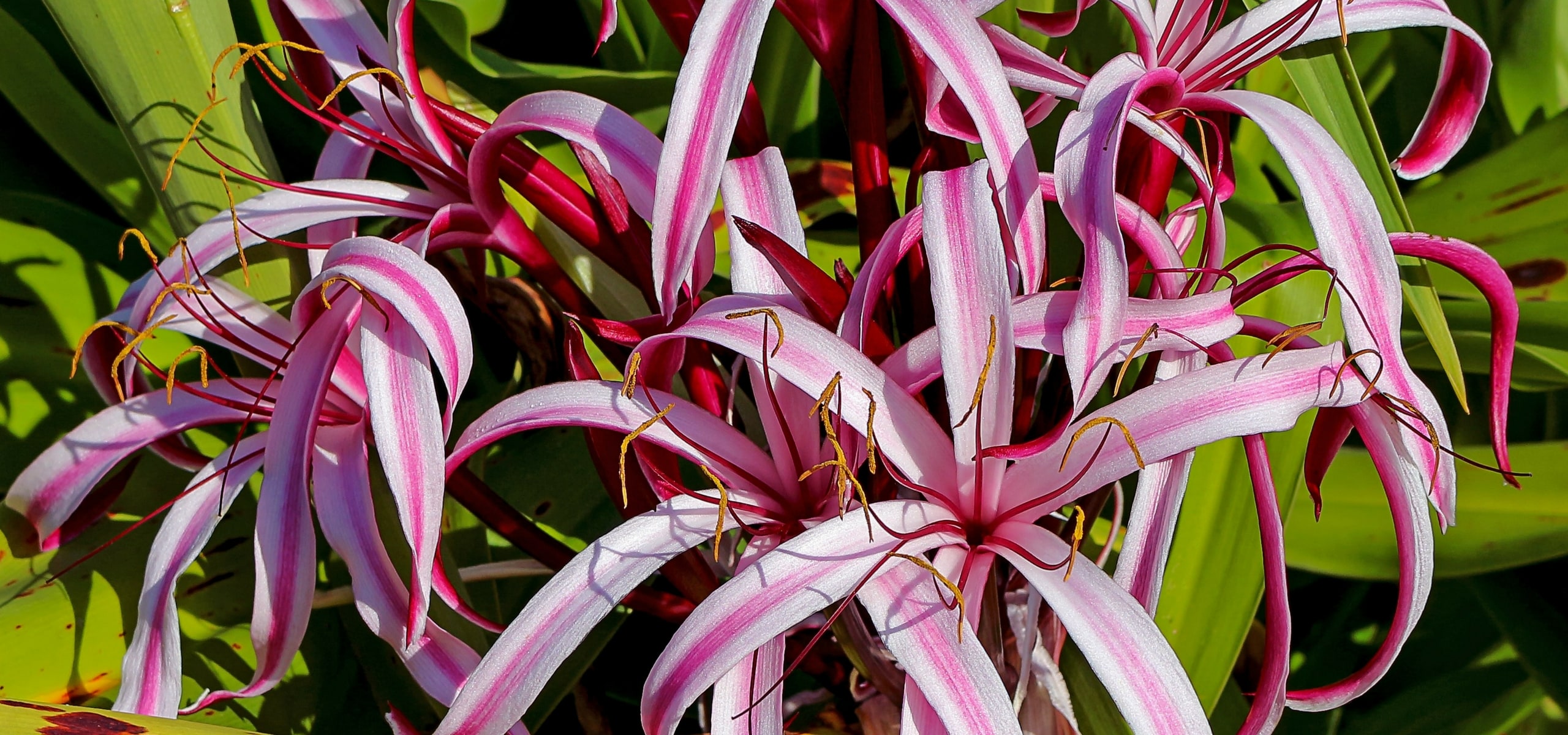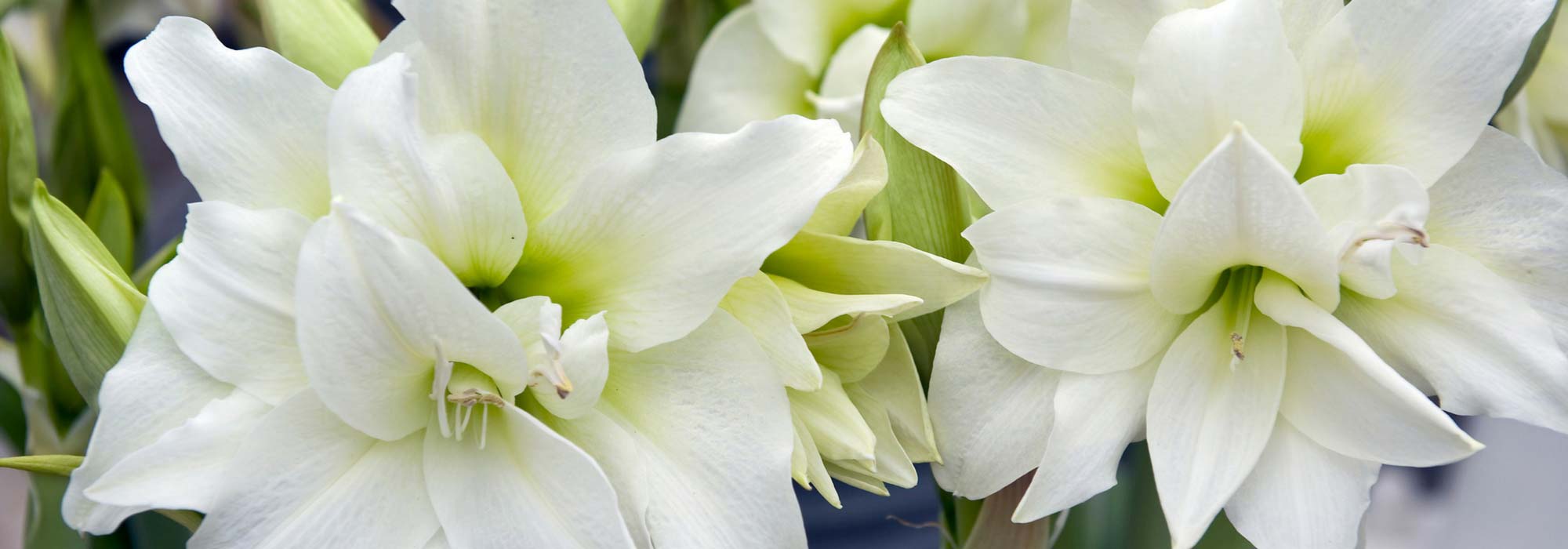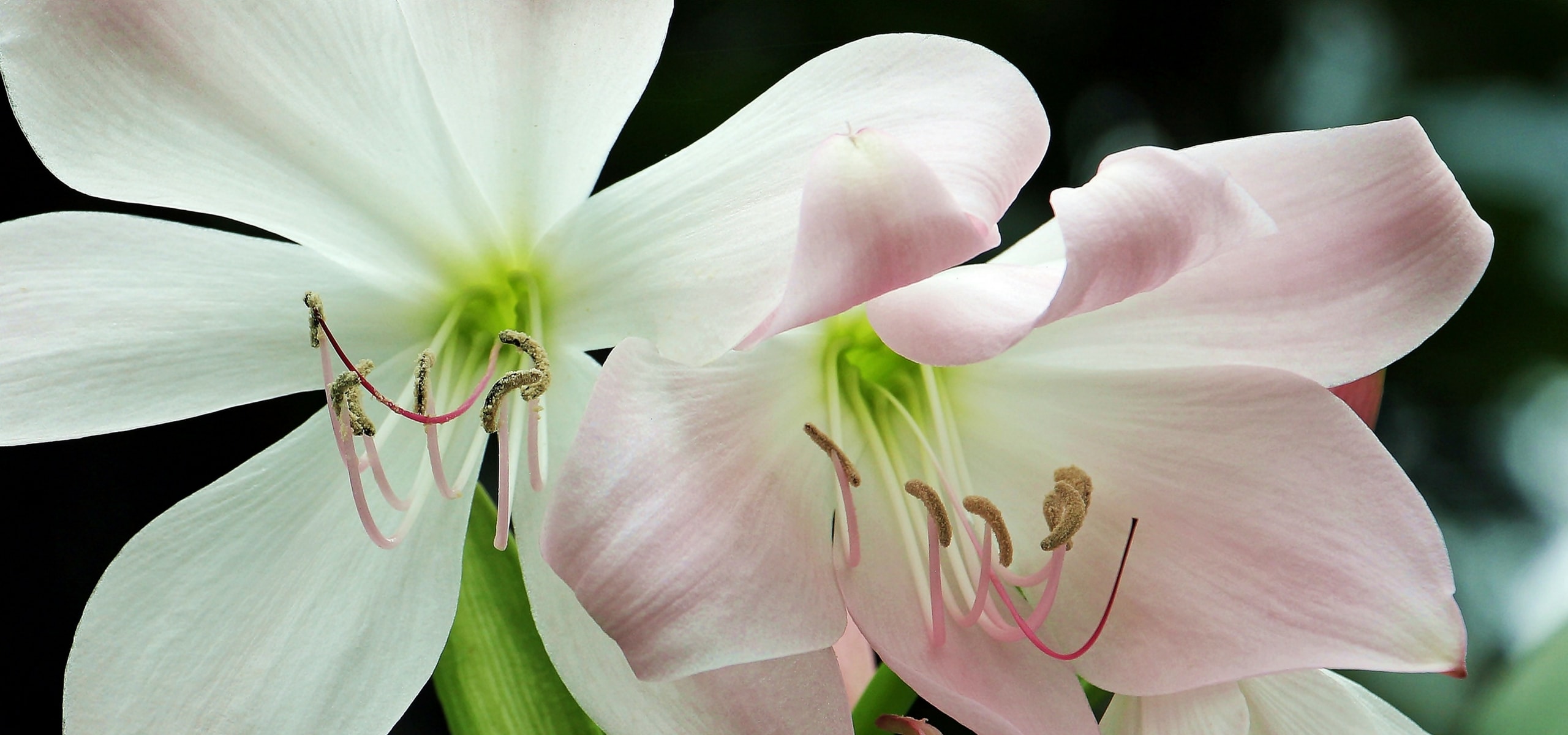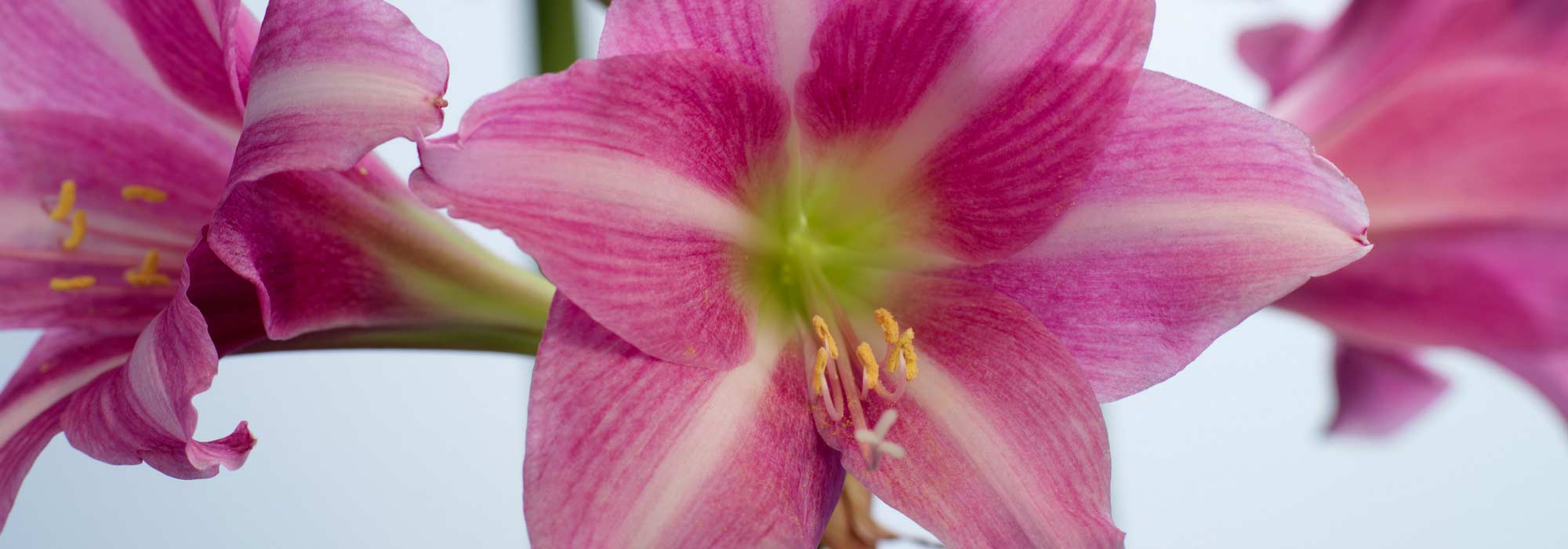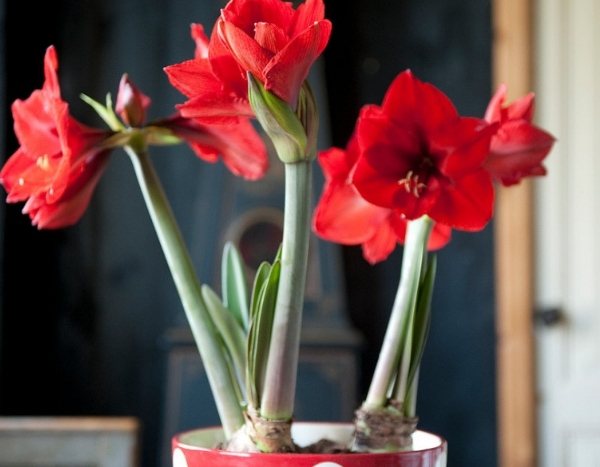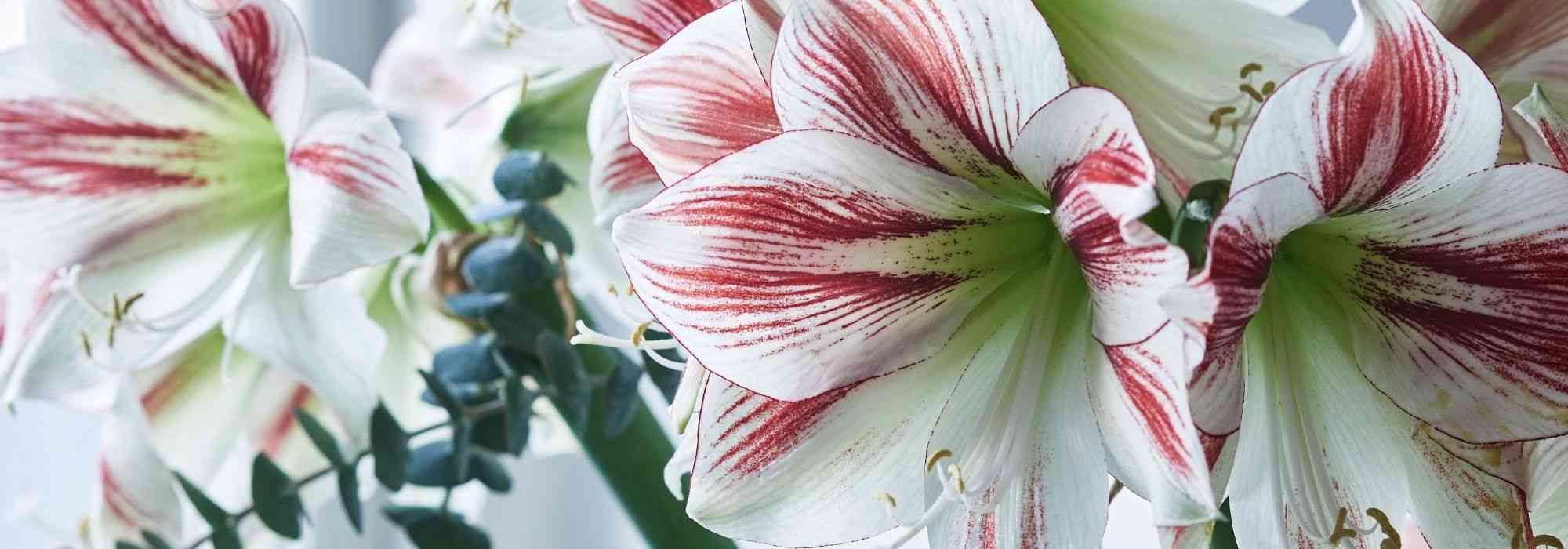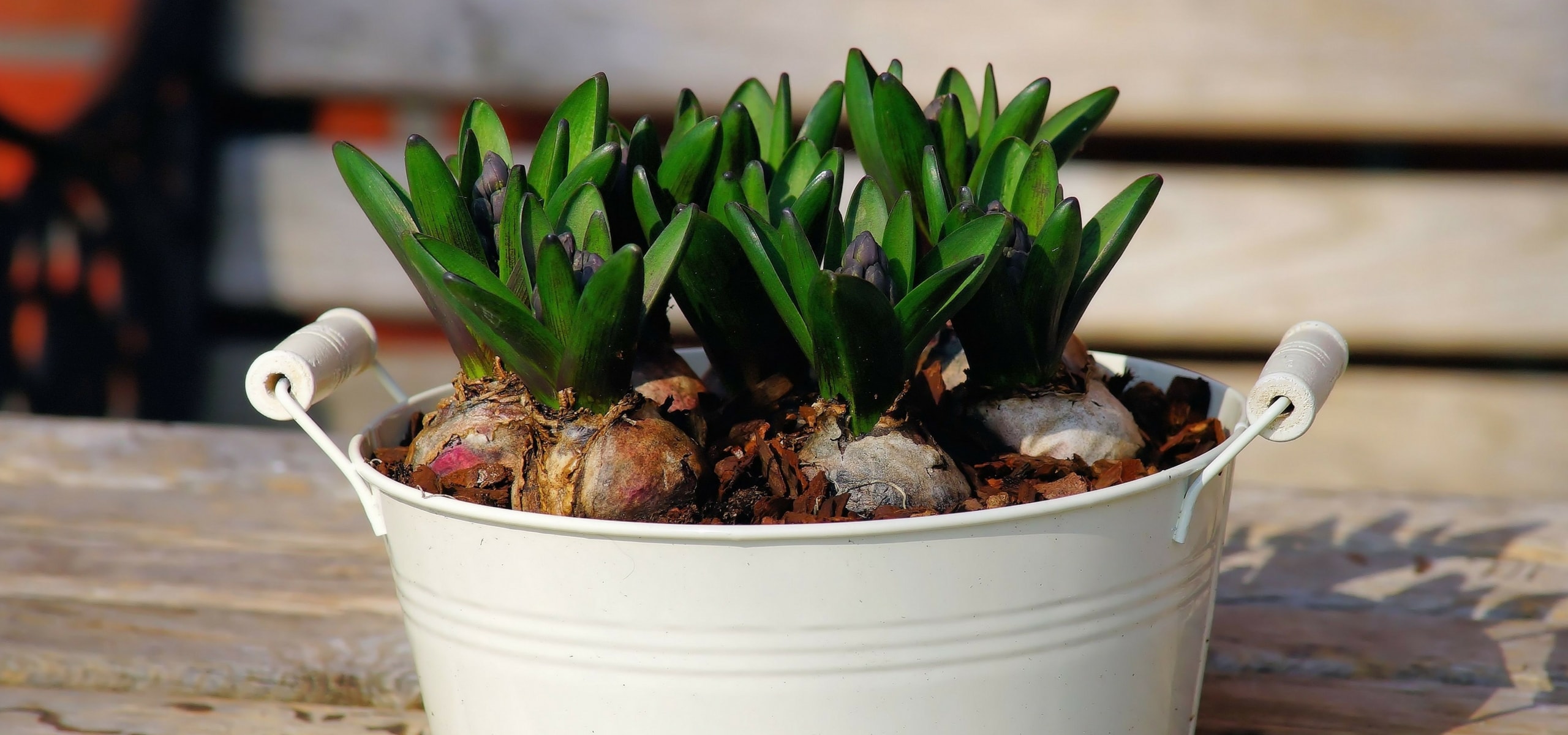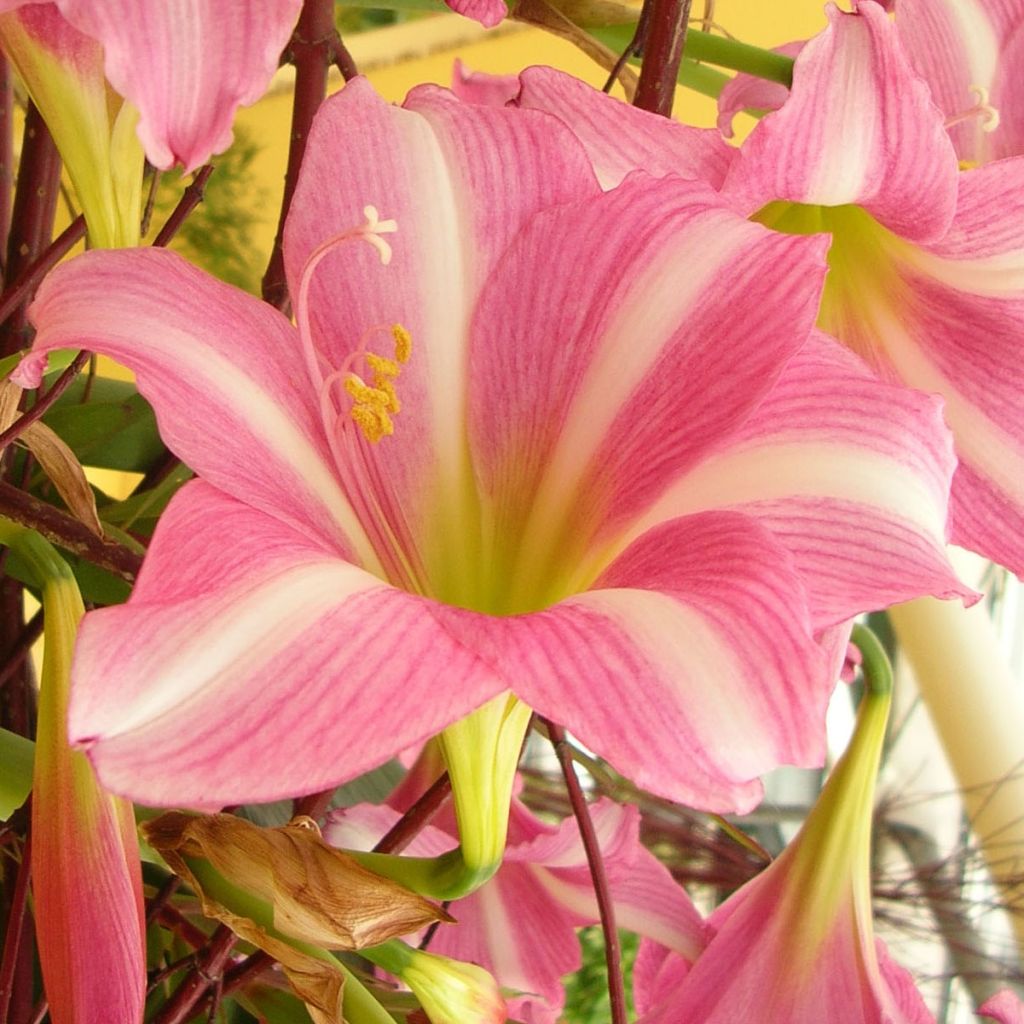

Hippeastrum Estella
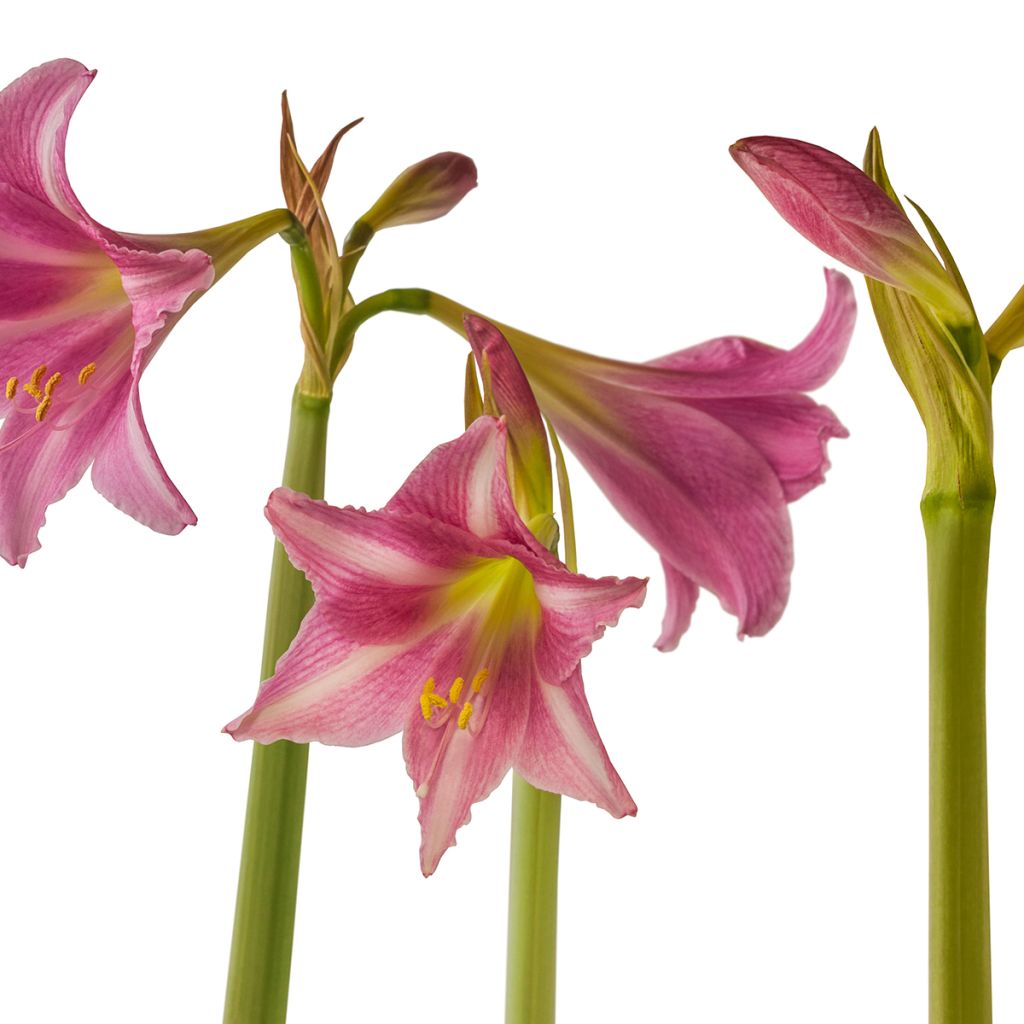

Hippeastrum Estella
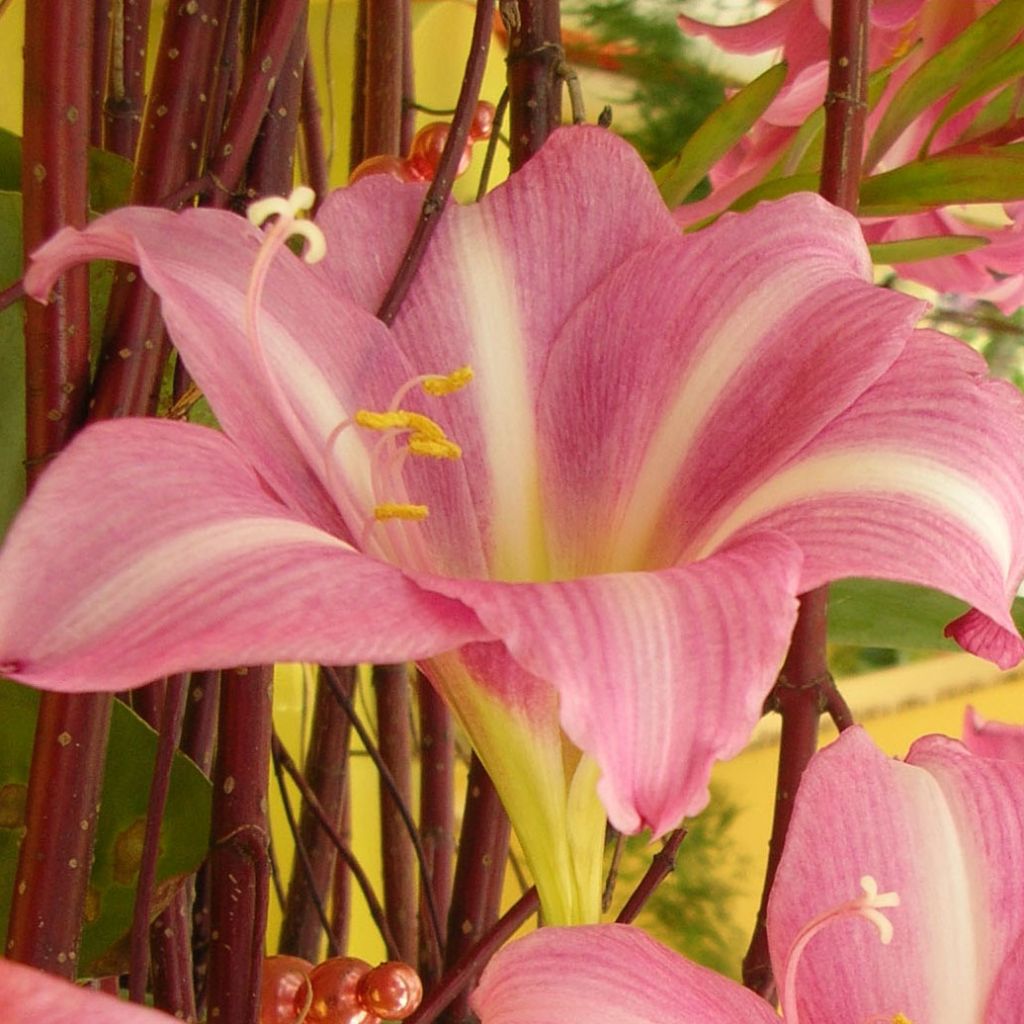

Hippeastrum Estella
Hippeastrum Estella
Hippeastrum Estella
Amaryllis
Received a massive onion that produced two stems, each with 8 beautiful buds!
Michele, 30/01/2023
Special offer!
Receive a €20 voucher for any order over €90 (excluding delivery costs, credit notes, and plastic-free options)!
1- Add your favorite plants to your cart.
2- Once you have reached €90, confirm your order (you can even choose the delivery date!).
3- As soon as your order is shipped, you will receive an email containing your voucher code, valid for 3 months (90 days).
Your voucher is unique and can only be used once, for any order with a minimum value of €20, excluding delivery costs.
Can be combined with other current offers, non-divisible and non-refundable.
Why not try an alternative variety in stock?
View all →This plant carries a 6 months recovery warranty
More information
We guarantee the quality of our plants for a full growing cycle, and will replace at our expense any plant that fails to recover under normal climatic and planting conditions.

Does this plant fit my garden?
Set up your Plantfit profile →
Description
Amaryllis 'Estella' creates a sensation in terms of variety creation, as this Hippeastrum, suitable for indoor cultivation, has is a completely new pink shade, magenta pink close to purple. The shape of its flowers, elongated trumpets, is endowed with real elegance, accentuated by a bright white midline. A unique Amaryllis, stunning with a white hue, for magical winter bouquets.
Originally from the subtropical regions of Central and South America, Hippeastrum are frost-sensitive plants belonging to the Amaryllidaceae family, generally cultivated in pots in our climates. In full bloom, the 'Estella' variety forms a clump 70 cm (28in) high and 30 cm (12in) wide. It offers 3 to 4 large funnel-shaped flowers, composed of 6 petals. Each thinned petal, which is an unusual shade of pink and a thick texture, is also traversed by veins of a deeper magenta pink and terminated by a small violet dot. The heart of the flower, green-yellow, releases a cluster of long, curved pink stamens. Each bulb produces one or two large, thick hollow stems. Positioned back-to-back, the flowers together form a unique composition. The leaves are deciduous, ribbon-like, and glossy dark green.
Planting an Amaryllis is a very rewarding experience. Hippeastrum is very easy to grow, and its growth is extremely rapid; 6 to 10 weeks after planting, the flowers are already blooming. You can enjoy them throughout the winter. To give it as a Christmas gift, remember to plant it at the beginning of November. The 'Estella' variety pairs well with the 'Amputo' Amaryllis, virginal and pure white, or with forced narcissi 'Paperwhite' or 'Erlicheer'. The little white bells of snowdrops can also adorn its base like stars. Preferably place it in the sun in front of a window, for example. Prune the stem when the flowers have faded to promote new flowers for the following year.
Did you know? The Latin name 'Amaryllis' was the subject of heated discussions among botanists: originally, this name actually referred to another plant, similar in appearance and native to South Africa: Amaryllis belladonna. When Carl von Linnaeus used this name to designate it but also to designate Hippeastrum (are you still following?), there was an outcry and the battle raged until 1987 when botanists decided: the Latin name Amaryllis is preserved for the African species Belladona but should no longer be used as the Latin name for Hippeastrum.
Hippeastrum Estella in pictures
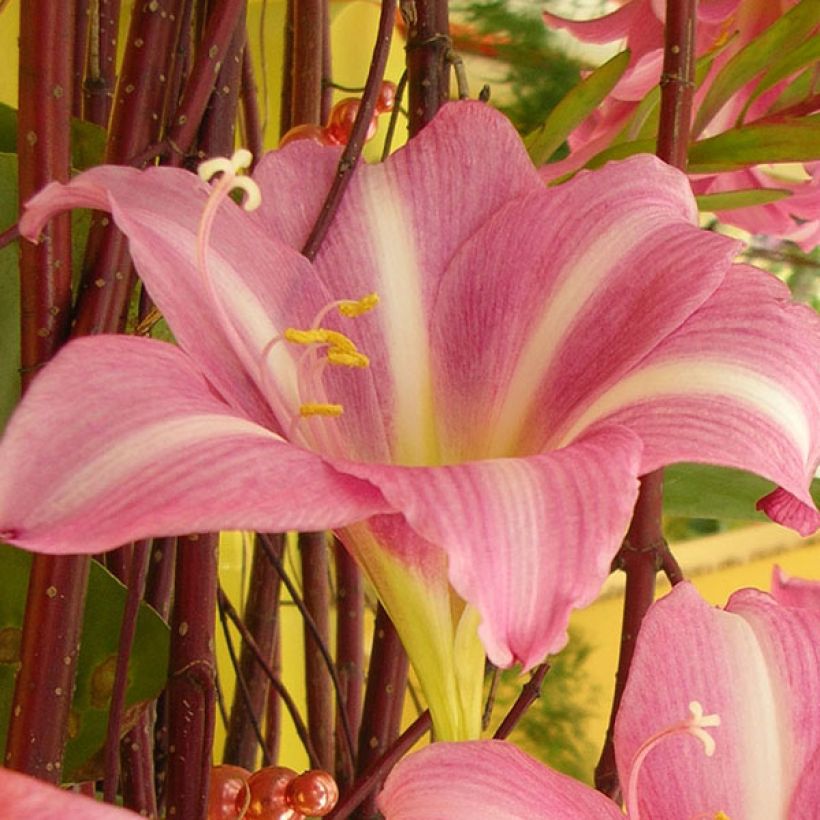

Plant habit
Flowering
Foliage
Botanical data
Hippeastrum
Estella
Amaryllidaceae
Amaryllis
Cultivar or hybrid
Other Hippeastrum - Amaryllis
View all →Planting and care
You can plant Amaryllis 'Estella' bulbs from October to late April. Choose a pot that is not too big,1-2cm (1in) larger than the size of the bulb. Place a layer of drainage at the bottom. Mix half potting compost, half garden soil. Only bury the bulb halfway. Place the pot in a warm and bright location. Water sparingly until the stem appears. Then water daily. 6 to 8 weeks later, your bulbs will flower. Our advice: if you choose multiple bulbs, plant them with a two-week interval to enjoy the beauty of Amaryllis all winter.
How to make my Amaryllis flower again? After flowering, remove the faded flowers and let the leaves develop. Continue to water regularly and give them indoor plant fertiliser every 15 days. This is when the bulb replenishes itself to prepare for next year's flowers. After 4 to 6 months, forget about your potted plants, let them rest for about 3 months in a sheltered place. You can then remove the faded leaves, repot in fresh soil, and start a new growing cycle.
Planting period
Intended location
Care
Planting & care advice
-
, onOrder confirmed
Reply from on Promesse de fleurs
Haven't found what you were looking for?
Hardiness is the lowest winter temperature a plant can endure without suffering serious damage or even dying. However, hardiness is affected by location (a sheltered area, such as a patio), protection (winter cover) and soil type (hardiness is improved by well-drained soil).

Photo Sharing Terms & Conditions
In order to encourage gardeners to interact and share their experiences, Promesse de fleurs offers various media enabling content to be uploaded onto its Site - in particular via the ‘Photo sharing’ module.
The User agrees to refrain from:
- Posting any content that is illegal, prejudicial, insulting, racist, inciteful to hatred, revisionist, contrary to public decency, that infringes on privacy or on the privacy rights of third parties, in particular the publicity rights of persons and goods, intellectual property rights, or the right to privacy.
- Submitting content on behalf of a third party;
- Impersonate the identity of a third party and/or publish any personal information about a third party;
In general, the User undertakes to refrain from any unethical behaviour.
All Content (in particular text, comments, files, images, photos, videos, creative works, etc.), which may be subject to property or intellectual property rights, image or other private rights, shall remain the property of the User, subject to the limited rights granted by the terms of the licence granted by Promesse de fleurs as stated below. Users are at liberty to publish or not to publish such Content on the Site, notably via the ‘Photo Sharing’ facility, and accept that this Content shall be made public and freely accessible, notably on the Internet.
Users further acknowledge, undertake to have ,and guarantee that they hold all necessary rights and permissions to publish such material on the Site, in particular with regard to the legislation in force pertaining to any privacy, property, intellectual property, image, or contractual rights, or rights of any other nature. By publishing such Content on the Site, Users acknowledge accepting full liability as publishers of the Content within the meaning of the law, and grant Promesse de fleurs, free of charge, an inclusive, worldwide licence for the said Content for the entire duration of its publication, including all reproduction, representation, up/downloading, displaying, performing, transmission, and storage rights.
Users also grant permission for their name to be linked to the Content and accept that this link may not always be made available.
By engaging in posting material, Users consent to their Content becoming automatically accessible on the Internet, in particular on other sites and/or blogs and/or web pages of the Promesse de fleurs site, including in particular social pages and the Promesse de fleurs catalogue.
Users may secure the removal of entrusted content free of charge by issuing a simple request via our contact form.
The flowering period indicated on our website applies to countries and regions located in USDA zone 8 (France, the United Kingdom, Ireland, the Netherlands, etc.)
It will vary according to where you live:
- In zones 9 to 10 (Italy, Spain, Greece, etc.), flowering will occur about 2 to 4 weeks earlier.
- In zones 6 to 7 (Germany, Poland, Slovenia, and lower mountainous regions), flowering will be delayed by 2 to 3 weeks.
- In zone 5 (Central Europe, Scandinavia), blooming will be delayed by 3 to 5 weeks.
In temperate climates, pruning of spring-flowering shrubs (forsythia, spireas, etc.) should be done just after flowering.
Pruning of summer-flowering shrubs (Indian Lilac, Perovskia, etc.) can be done in winter or spring.
In cold regions as well as with frost-sensitive plants, avoid pruning too early when severe frosts may still occur.
The planting period indicated on our website applies to countries and regions located in USDA zone 8 (France, United Kingdom, Ireland, Netherlands).
It will vary according to where you live:
- In Mediterranean zones (Marseille, Madrid, Milan, etc.), autumn and winter are the best planting periods.
- In continental zones (Strasbourg, Munich, Vienna, etc.), delay planting by 2 to 3 weeks in spring and bring it forward by 2 to 4 weeks in autumn.
- In mountainous regions (the Alps, Pyrenees, Carpathians, etc.), it is best to plant in late spring (May-June) or late summer (August-September).
The harvesting period indicated on our website applies to countries and regions in USDA zone 8 (France, England, Ireland, the Netherlands).
In colder areas (Scandinavia, Poland, Austria...) fruit and vegetable harvests are likely to be delayed by 3-4 weeks.
In warmer areas (Italy, Spain, Greece, etc.), harvesting will probably take place earlier, depending on weather conditions.
The sowing periods indicated on our website apply to countries and regions within USDA Zone 8 (France, UK, Ireland, Netherlands).
In colder areas (Scandinavia, Poland, Austria...), delay any outdoor sowing by 3-4 weeks, or sow under glass.
In warmer climes (Italy, Spain, Greece, etc.), bring outdoor sowing forward by a few weeks.






























